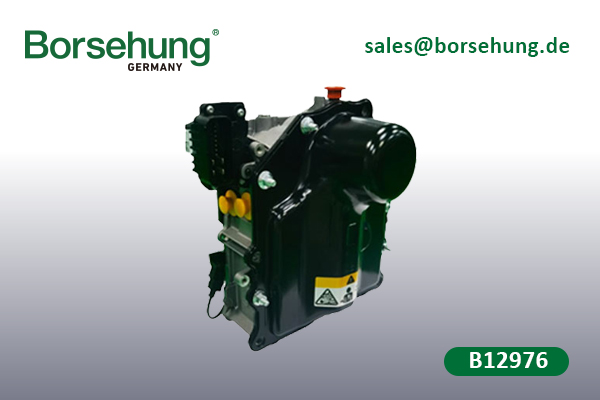Transmission control unit (TCU) is a key electronic control module in the transmission system of a vehicle. It mainly monitors and controls the operation status of the automatic transmission to ensure smooth gear shifting, optimize power transmission, and improve fuel economy.

Functions of a transmission control unit:
- Realize automatic gear shifting
TCU automatically determines when to shift gears based on various sensor data (e.g., vehicle speed, throttle position, and engine RPM), thus ensuring smooth and reasonable gear switching under different driving conditions. It not only improves driving comfort, but also optimizes power transmission. - Optimize vehicle performance
By accurately controlling gear shifting timing and process, TCU can improve acceleration performance, boost fuel economy, and reduce impact during power transmission, thus creating smoother driving experience. - Ensure safety and reliability of the transmission system
TCU can monitor the operation status of the transmission in real time. If any abnormal conditions are detected (e.g., too high temperature, insufficient hydraulic pressure, and electrical failure), protective measures will be taken to prevent damage. It can even issue warnings or limit the vehicle’s certain operations. - Fault diagnosis and management
TCU provides fault detection and fault code storage functions, facilitating diagnosis by maintenance personnel. This helps identify potential problems in advance and reduce the risks and maintenance costs caused by failures. - Enable coordination and integration with other vehicle electronic systems
A modern transmission control unit typically works in conjunction with engine control unit (ECU), vehicle stability control system, and other systems to optimize the performance of the entire power transmission system. - Save energy and reduce emission
By reasonably controlling gear shifting timing and engine speed, it can improve fuel efficiency, reduce exhaust emissions, and ensure compliance with environmental standards.

